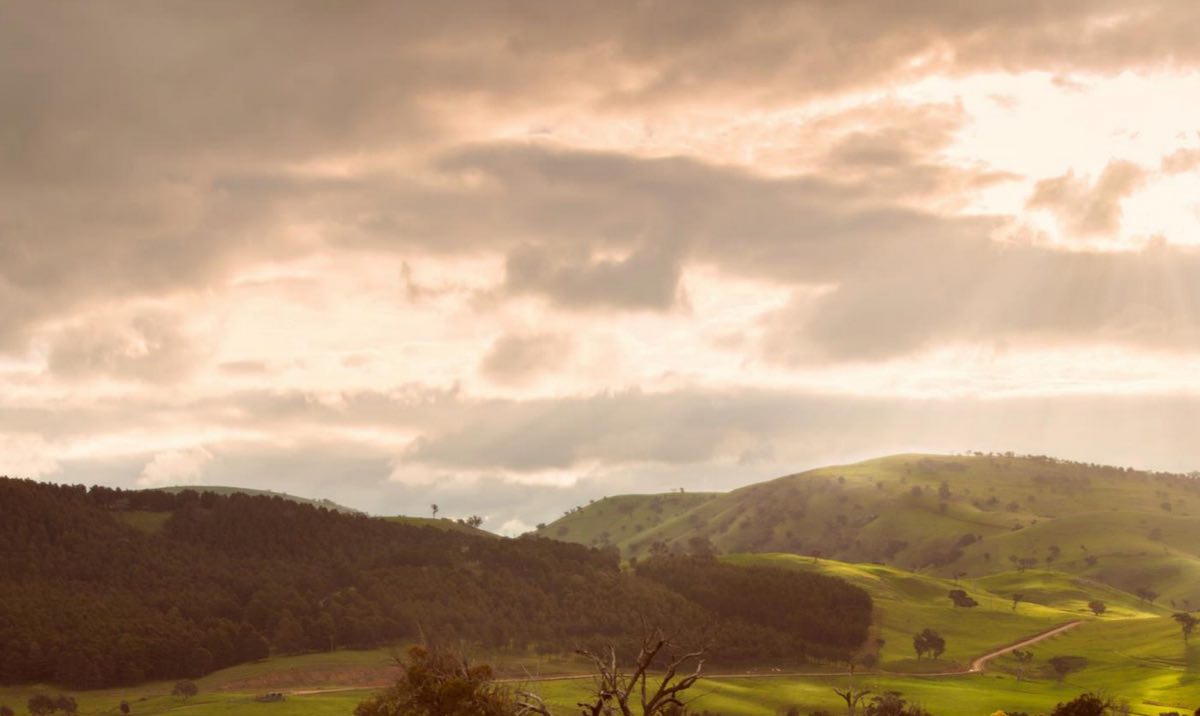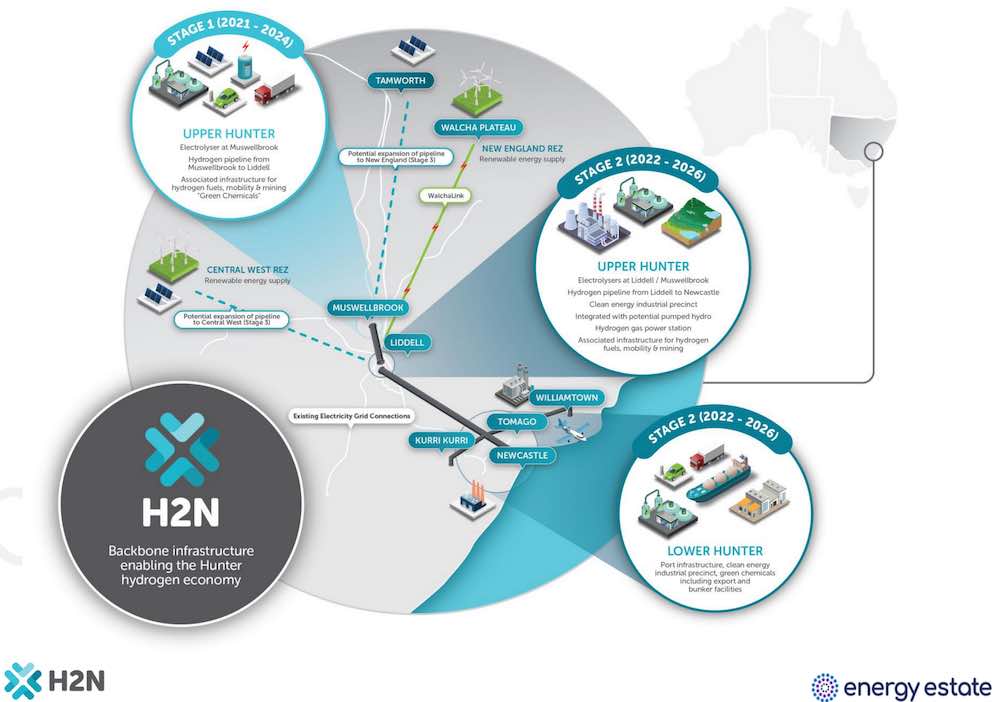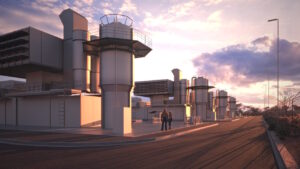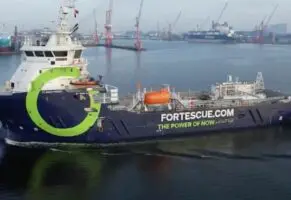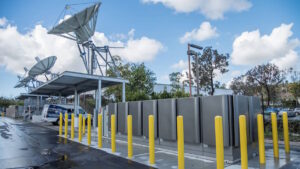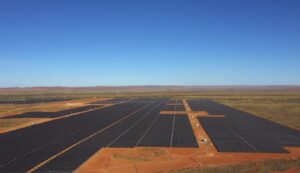A consortium of Australian energy industry heavyweights has unveiled plans to develop a large-scale renewable hydrogen production, transportation and export hub in the New South Wales Hunter region that could give rise to the nation’s first hydrogen electrolyser “gigafactory.”
Led by renewables advisory outfit Energy Estate, the Hunter Hydrogen Network (H2N) project proposes to develop the so-called “hydrogen valley” in partnership with AGL Energy, APA Group, and ITM Power.
UK-based ITM Power is behind the development of a one-gigawatt-a-year electrolyser manufacturing facility in Sheffield, South Yorkshire, that the company says delivers a blueprint for a high capacity, semi-automated PEM electrolyser that can be readily replicated.
According to Energy Estate’s Simon Currie, ITM may locate its planned Southern Hemisphere gigafactory in the Hunter, potentially at Tomago – home to Australia’s largest aluminium smelter – or at the Muswellbrook energy, training and industry precinct, where an existing coal mine is being repurposed as a clean industrial hub.
Currie said the first stage of the project, running from this year to 2024, would facilitate more renewables coming online in the region through the installation of electrolysers at critical places, including Muswellbrook.
Stage one of the H2N would also focus on developing a hydrogen pipeline from Muswellbrook to Liddell and associated infrastructure for hydrogen fuels, mobility, and mining green chemicals.
Stage two, scheduled for between 2022 and 2026, would continue the development of an electrolyser at Muswellbrook as commence construction of another at the AGL Energy-owned Liddell coal-fired power plant, which is on track to begin its staged shuttering process starting in early 2023.
Stage two would also aim to develop a hydrogen pipeline from Liddell to Newcastle, and the development of a hydrogen gas power station, or gas speaker – which Currie said the feasibility of which would be assessed as part of phase one.
A third stage of development would focus on the export of renewable hydrogen from the region, including the construction of port infrastructure and export and “bunker” facilities in the Lower Hunter.
H2N – which also has the backing of Beyond Zero Emissions – is also expected to facilitate Idemitsu’s repurposing of its Muswellbrook coal mine as a clean industrial hub incorporating pumped hydro, solar, battery storage, training facilities and a new manufacturing precinct.
For Energy Estate, it builds on that company’s existing projects in the region, including the massive Walcha Energy Project, which proposes to develop roughly 3,400MW of wind generation capacity, up to 700MW of solar, and multiple 500MW/3000MWh pumped hydro energy storage facilities between Walcha and Uralla and connect it directly to the Hunter through WalchaLink.
The broad-ranging proposal marks just the latest of in a tsunami of green and not-so green Australian hydrogen proposals and policy announcements, including from the federal Morrison government which last month earmarked $275.5 million for the creation of five “clean” hydrogen hubs.
It also comes as a major global research paper warned that a universal reliance on hydrogen-based fuels could hamper – rather than boost – the global climate effort, by distracting from the main game of renewable electrification and locking in longer-term fossil fuel dependency.
The study from the Netherlands-based Potsdam Institute for Climate Impact Research (PIK) said that while renewable hydrogen would play an important role in a low-carbon future, producing it remained too inefficient, costly and uncertain to broadly replace fossil fuels.
Currie told RenewEconomy that the plans for the H2N were 100% renewable, and focused on how the group of companies could band together to “unlock the Upper Hunter,” rather than just leave it as an electricity staging point.
“This is not about using the coal [in the Hunter], it’s about the infrastructure you can build [around] what is already there and using the really skilled power sector workers in the Upper Hunter,” Currie said.
Currie said the project was also exploring a number of practical use cases for using renewable hydrogen in the region, including the conversion of a coal locomotive to hydrogen-fuel and the manufacture of renewable hydrogen tractors.
“Let’s stop having airy-fairy discussions about renewable hydrogen and let’s start talking about ‘this is how we’re going to be applying it’,” he said.

